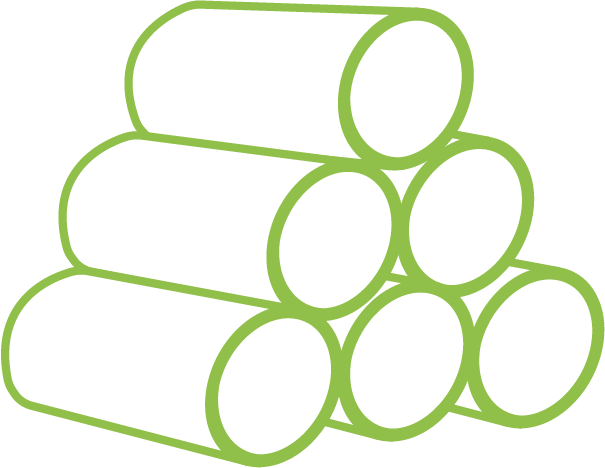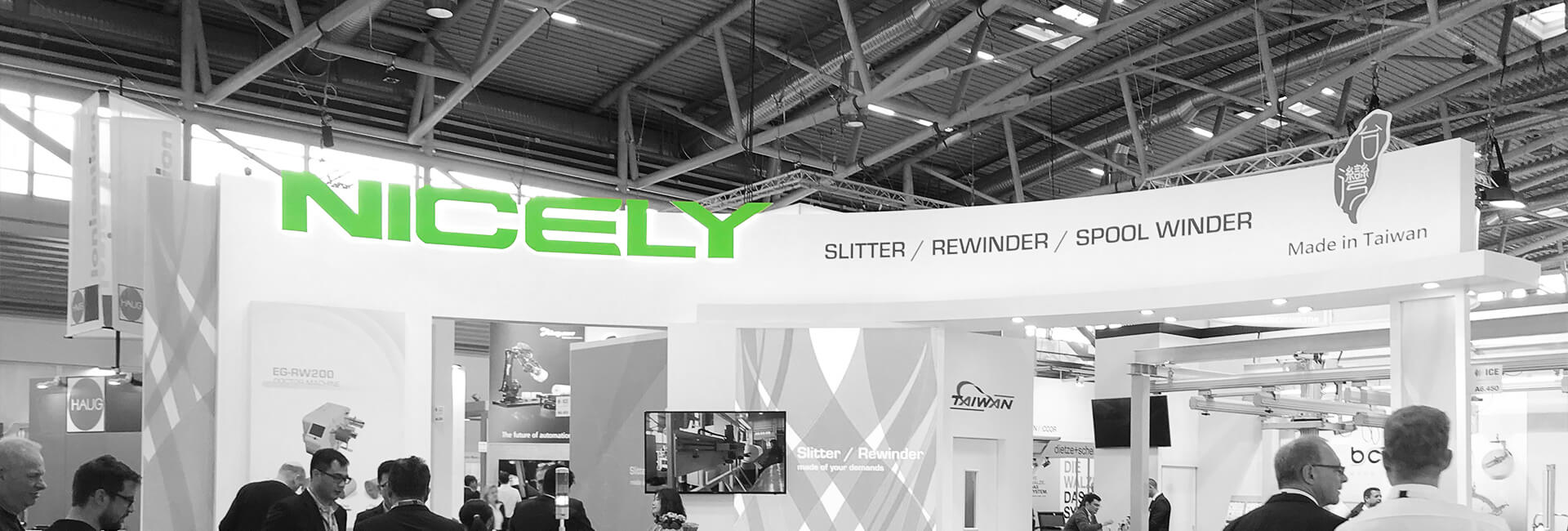Maintenance and Troubleshooting Tips for Slitter Rewinder Owners
Customer Care 2023-05-09Maintenance and Troubleshooting Tips for Slitter Rewinder Owners
Slitter rewinders are essential machines in various industries, including packaging, printing, and converting. They cut and rewind large rolls of materials, such as paper, film, and foil, into smaller widths or lengths. However, like any machinery, slitter rewinders require regular maintenance and occasional troubleshooting to ensure optimal performance and avoid costly downtime. In this article, we'll discuss some cutting-edge maintenance and troubleshooting tips for slitter rewinder owners.
Establish a Regular Maintenance Schedule
One of the most important steps in maintaining a slitter rewinder is establishing a regular maintenance schedule. This schedule should include daily, weekly, monthly, and annual tasks, such as cleaning, lubrication, inspection, and calibration. It's important to follow the manufacturer's recommendations for maintenance against the user manual and record all activities in a logbook.
For a deeper understanding of the essential maintenance tasks, check out our guide on 10 Key Maintenance Tasks for Your Slitter Rewinder.
Keep the Machine Clean and Lubricated
Keeping the slitter rewinder clean and properly lubricated is crucial for its longevity and performance. Dust, debris, and contaminants can accumulate in various parts of the machine, such as the rollers, blades, and bearings, and cause damage or wear. Regular cleaning with a soft brush, vacuum, or compressed air can help remove these particles. Lubrication should also be done according to the manufacturer's instructions, using the recommended type and amount of oil or grease.
Check the Tension and Alignment of the Web
The tension and alignment of the web, or the material being slit and rewound, can affect the quality and consistency of the finished product. Slitter rewinders have various mechanisms for controlling web tension and alignment, such as dancer arms, load cells, and edge guides. It's important to check these mechanisms regularly and adjust them as needed to maintain proper tension and alignment.
Monitor the Blade Sharpness and Wear
The blades of a slitter rewinder are critical components that determine the quality and precision of the slitting process. Over time, the blades can become dull, chipped, or worn, which can result in poor cuts, ragged edges, or material jams. It's important to monitor the blade sharpness and wear regularly and replace them when necessary. Some slitter rewinders have automatic blade sharpening systems, which can save time and ensure consistent sharpness.
Diagnose and Troubleshoot Issues Promptly
Despite proper maintenance, slitter rewinders may experience occasional issues, such as material wrinkles, web breaks, or machine malfunctions. It's important to diagnose and troubleshoot these issues promptly to avoid further damage or downtime. Some common troubleshooting steps include checking the web tension, examining the blade sharpness, inspecting the rollers, and analyzing the electrical or mechanical components. If the issue cannot be resolved, it's recommended to consult the manufacturer or a qualified technician.
We hope this information was helpful, and should you need further technical support, please don't hesitate to contact Nicely's team at [email protected] or fill out the service form on the contact page.




